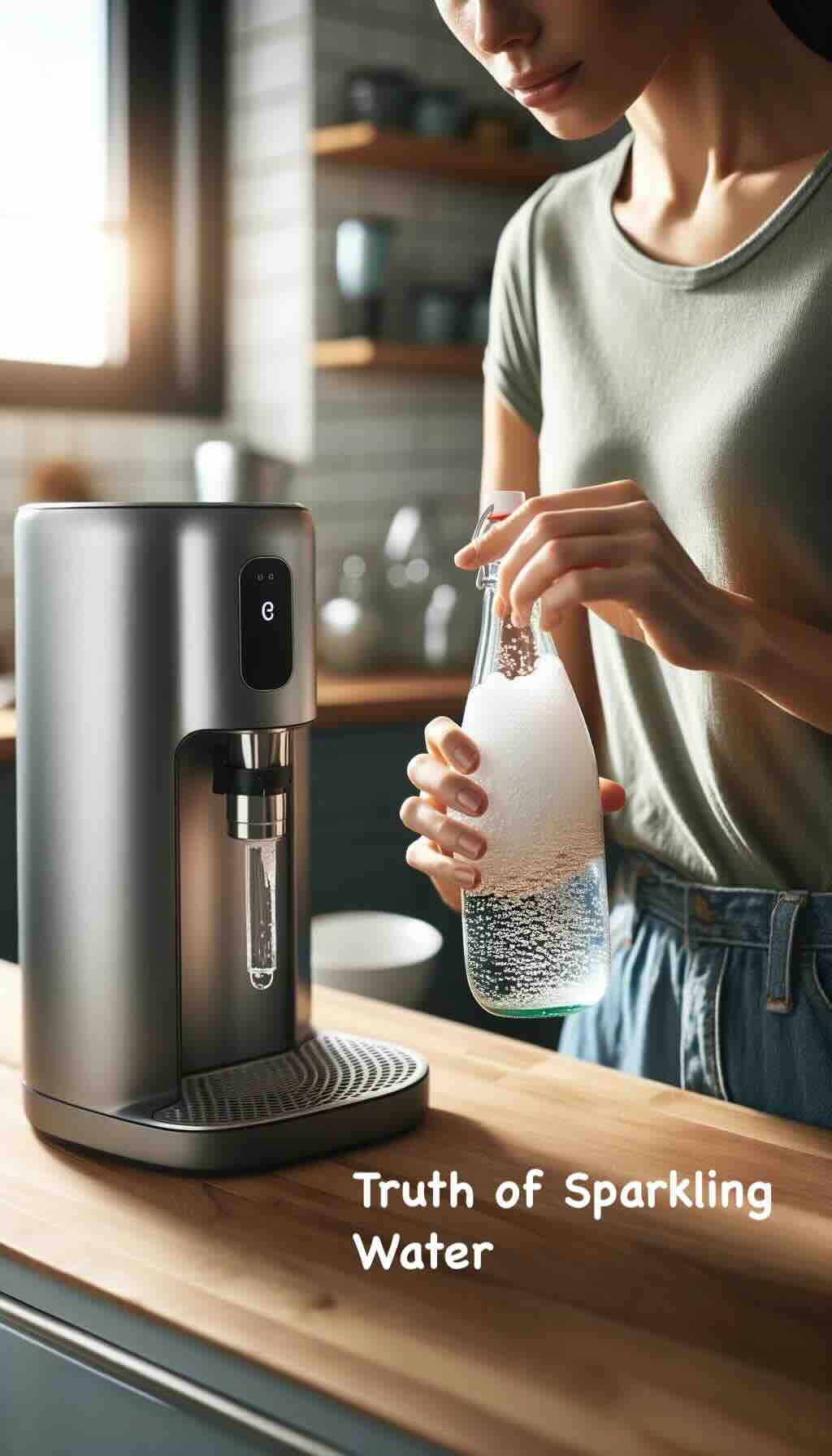
In recent years, sparkling water has bubbled up to become a hydration sensation, offering a zestful alternative to flat water and sugary sodas. But as we crack open another can of this fizzy delight, it’s crucial to ponder: beyond the bubbles, what’s the environmental impact of our growing thirst for sparkling water? This deep dive explores the effervescence of sparkling water from an environmental perspective, unearthing the consequences of its consumption and offering insights for eco-conscious sippers.
The Carbonation Craze: A Thirst for Bubbles
Sparkling water’s rise to fame is attributed to its refreshing taste and perceived health benefits over sugary beverages. However, the environmental cost of producing, packaging, and transporting these fizzy bottles and cans across the globe is less discussed. Each sip comes with a carbon footprint, from the CO2 used to carbonate the water to the energy expended in recycling or, more concerning, the waste generated by single-use plastics and aluminum.
The Ripple Effect of Bottles and Cans
The environmental debate surrounding sparkling water often bubbles down to its packaging. Single-use plastics and cans, while convenient, contribute significantly to pollution and resource depletion. Despite recycling efforts, a substantial amount of this packaging ends up in landfills, oceans, and waterways, harming ecosystems and wildlife. The production process itself, from extracting water to the manufacturing and distribution of bottles, also emits a considerable amount of greenhouse gases.
Home Carbonation: A Greener Bubble?
Enter the home carbonation system, a beacon of hope for eco-conscious enthusiasts. Devices like SodaStream offer a more sustainable way to enjoy sparkling water, reducing the need for store-bought bottles and cans. By using refillable CO2 cartridges and reusable bottles, these systems can significantly lower the environmental impact per glass. Yet, even this greener alternative isn’t without its carbon footprint, from the manufacture of the device to the CO2 used for carbonation.
Towards Sustainable Sipping
So, what’s a sparkling water aficionado to do? The key lies in mindful consumption and making eco-friendlier choices:
Embrace Reusability: Opt for home carbonation systems and invest in a durable, reusable water bottle for sparkling water on the go.
Recycle Religiously: If you do buy store-bought sparkling water, ensure the packaging is recycled properly to minimize its environmental impact.
Support Sustainable Brands: Look for companies committed to environmental sustainability, whether through eco-friendly packaging, carbon offset initiatives, or water conservation efforts.
The Future of Fizz: Innovation and Responsibility
As the sparkling water market continues to expand, innovation and responsibility will be paramount. Advances in eco-friendly packaging, such as biodegradable bottles or improved recycling technologies, could further reduce the environmental impact. Moreover, consumer demand for sustainability can drive the industry toward greener practices, making every bubble burst with not just flavor but also a commitment to the planet.
Conclusion: A Toast to Eco-Conscious Hydration
Sparkling water, for all its crisp and invigorating splendour, comes with environmental considerations that cannot be ignored. By choosing more sustainable ways to enjoy our fizzy favorites, we can help mitigate the environmental impact and ensure that our hydration habits contribute to a healthier planet. As we continue to savor the sparkle, let’s also commit to being stewards of the earth, one sip at a time.
10 FAQs for “Truth of Sparkling Water”
Why is sparkling water considered environmentally unfriendly?
The main concerns are the production, packaging, and transportation of bottled sparkling water, which contribute to CO2 emissions, plastic pollution, and resource depletion.
Can drinking sparkling water still be eco-friendly?
Yes, by using home carbonation systems, choosing products with sustainable packaging, and recycling effectively, you can enjoy sparkling water more sustainably.
Are all sparkling waters the same in terms of environmental impact?
No, the impact varies based on factors like packaging material, transportation distance, and the company’s sustainability practices.
Is tap water more eco-friendly than sparkling water?
Generally, yes. Tap water has a lower environmental footprint due to the absence of packaging and reduced transportation needs.
Do home carbonation devices really make a difference?
Yes, they can reduce the need for single-use bottles and cans, lowering your overall environmental impact.
What’s the most sustainable packaging for sparkling water?
Glass bottles (which can be reused or recycled) and aluminum cans (which are easily recyclable) are considered more sustainable options than plastic.
How does the carbonation process affect the environment?
Carbonating water requires CO2, which is a greenhouse gas. However, the amount used in carbonation is minimal compared to emissions from packaging and transport.
What should I look for in an eco-friendly sparkling water brand?
Look for brands with strong recycling policies, sustainable sourcing practices, and commitments to carbon offsetting or environmental conservation.
Can recycling sparkling water bottles and cans make a significant difference?
Yes, proper recycling can significantly reduce the environmental impact, but reducing consumption and reusing is even more effective.
Are there environmental benefits to drinking flavored sparkling water?
The environmental impact of flavored vs. unflavored sparkling water is similar, but choosing options without artificial additives or sweeteners can be healthier and more natural.
Blog Tags
Sparkling water, environmental impact, sustainability, home carbonation, recycling, eco-friendly packaging, carbon footprint, sustainable brands, tap water vs. sparkling water, carbonation effects








